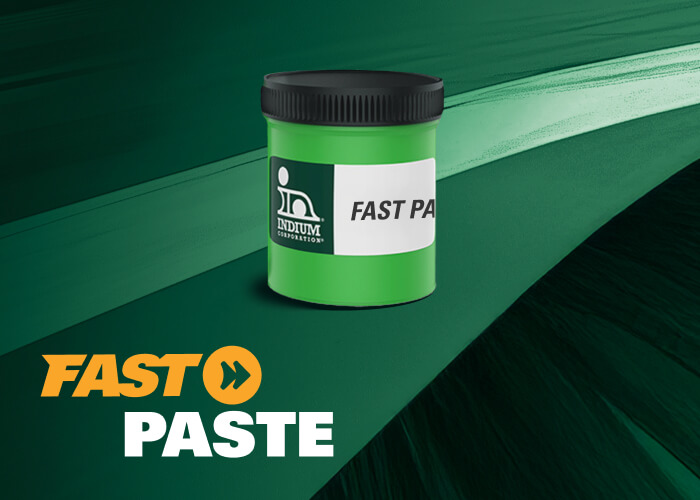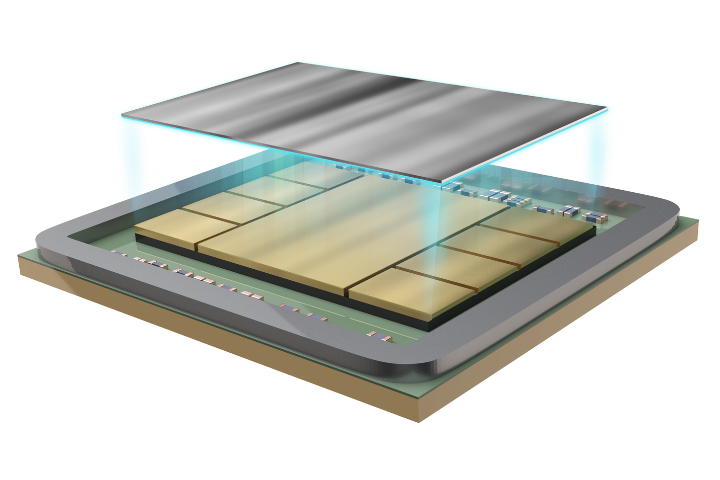SaveSave
Flux-Cored Wire in Robotic Soldering
Phil Zarrow: This video is for anyone looking for a way to Avoid the Void™ using cored wire, including causes of voiding and the properties of Indium Corporation's wire that minimize this challenge.
Eric, is using the correct wire cored solder important to avoiding solder joint voids in robotic soldering?
Eric Bastow: It is, very much so. It's a good topic to discuss because we definitely see a proliferation of robotic soldering to replace pin-in-paste processes as well as traditional manual hand soldering type processes. The selection of the wire, the cored wire is very critical. Obviously, you have to have the right alloy. Hopefully that goes without saying. Also the flux is extremely critical. The type of flux, which is often tied to the activity of the flux, is critical as well as the percentage of flux or the amount of flux that's actually in the wire itself. Of course, the fact of having no voids in the core of the wire itself, continuous flux throughout the length of the wire.
A process that uses wire as opposed to using solder paste will actually give you less voiding and better hole fill. There's two basic reasons for that. One is that there is simply less flux in cored wire as opposed to solder paste. There's less flux that the solder has to displace or move out of the way when using a flux-cored wire, so less voiding as a result of that. Also because of the way fluxes in cored wire are formulated, they have less volatile components right from the chemistry point of view as opposed to a solder paste flux. They just simply outgas less, and of course that reduces the amount of voiding as well.
Phil Zarrow: In addition to optimizing the cored wire itself, what kind of process optimization is needed to create void-free robotically soldered connections?
Eric Bastow: A lot of the same logic and precepts that apply to paste free reflow soldering and wave soldering also apply to soldering with a flux-cored wire. The big one is heat, because you're relying on just a little point connection, if you will, or a point of contact to transfer that heat into what you're trying to do. That sufficient heat is important because you want to sufficiently activate the flux. You want to sufficiently heat the surfaces that you are soldering to so that you get good flow and a metallurgical bond.
What's also critical is avoiding some of the sophomore mistakes that we've probably both encountered on the factory floor, where somebody's actually taken the iron and basically wetting the solder to the iron and hoping that it drops down onto whatever they're working on and makes a solder joint that way. There's some inherent problems with that. One is that you can prematurely exhaust the flux. The second thing is because you're not transferring the heat directly to what you're working on, the solder won't wet to that surface and ultimately result in either a poor or no metallurgical bond. Also, from a cosmetic point of view, you can get what is known as a cold solder joint.
Phil Zarrow: Very good. Where can we go for more information?
Eric Bastow: People can go to our website, www.indium.com or they can send us an email at [email protected].
Phil Zarrow: Very informative. Thank you, Eric. Appreciate it.
Eric Bastow: You're welcome. Anytime.



